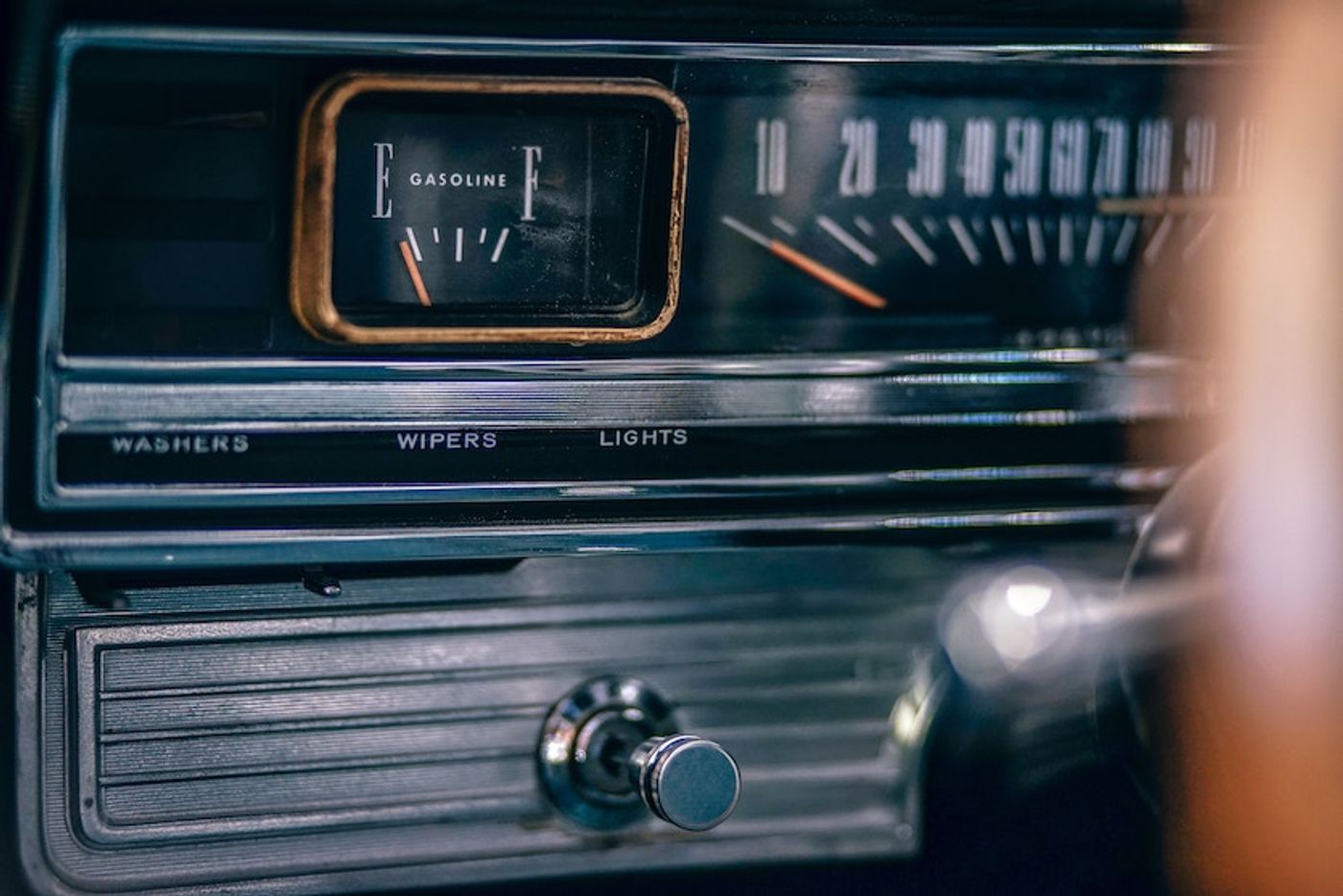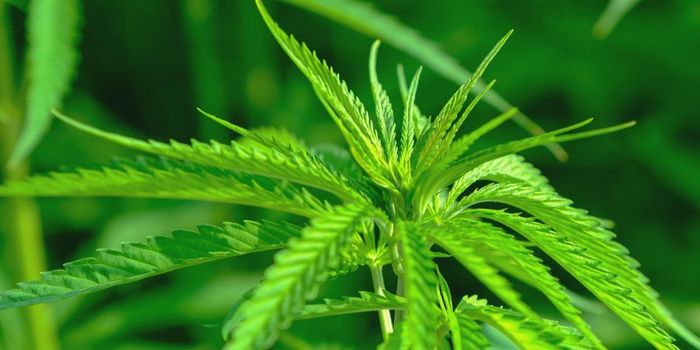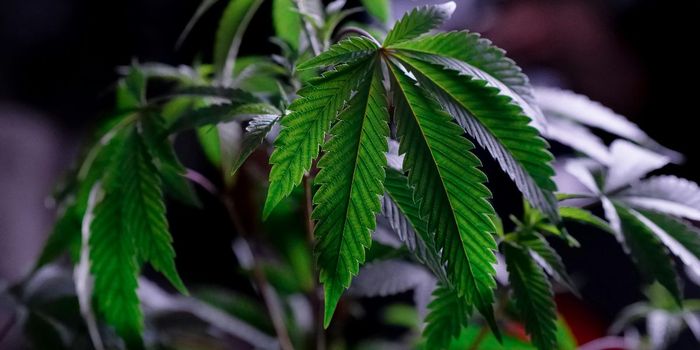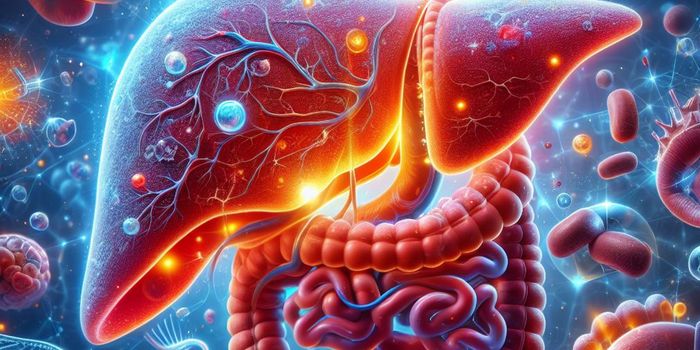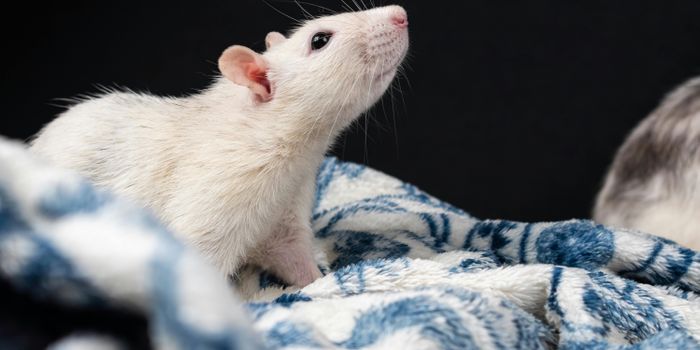Scientists Produce Electricity From Marijuana Metabolites
In a recent study, scientists were able to successfully turn cannabis metabolites into electricity. The paper, published by Dr. Tunc Canal and colleagues from Uskudar University in Istanbul in Bioresearch Technology Reports, used microbial fuel cells (MFCs; see video below). These are bio-electrochemical tools that mix chemical compounds and select bacteria together to produce electricity. The molecule in question: COOH-THC (aka 11-Nor-9-carboxy-THC) is the primary metabolite of THC (delta9-tetrahydrocannabinol), the primary compound from the cannabis plant that gets you "high".
Source: UnSplash.com
A little biochemistry first: marijuana is metabolized to various small and mostly bio-active molecules through enzymatic reactions of cytochrome p450 in the liver. Among the major metabolites of the cannabis are Δ9-THC, 11-OH-THC, and 11‑nor‑9‑carboxy‑Δ9‑tetrahydrocannabinol (COOH-THC), the latter being the primary glucuronide conjugate found in human urine
In order to get marijuana metabolites, you have to go to the source: the urine of marijuana users. If this science holds true, it would be a boon for both marijuana and renewable energy advocates. So, how exactly does it work, not the retrieval process for the metabolite (no description needed), but the electricity production? According to the paper, electricity was generated directly from air-cathode microbial fuel cells. They compared the amount of energy generated from synthetic (control) urine to marijuana users urine (as a side note, in the paper they say it was used "neat").
Both the synthetic control (with added sodium acetate as carbon source) and the COOH-THC laced urine were compared in how much electricity each produced. The MFCs work like this: MFCs employs exoelectrogenic microorganisms to extract electrons from carbon-based compounds (hence the added sodium acetate). These electrons move to a cathode and produce electrical current. These exoelectrogenic microorganisms work by oxidizing carbon-based substrates such as polysaccharides. This oxidation removes electrons from the substrate, and those electrons can then be used as electricity.
Source: UnSplash.com
This technique has been used with such substrates as ammonia, hydrocarbons, ethanol, propanol, ethylene glycol, glycerol, cyclic alcohols, formic acid, and now, marijuana (well, okay, the THC metabolite COOH-THC). Researchers were able to extract over 62% of COOH-THC from samples. The goal of the study was to assess the feasibility of using COOH-THC. However, the researchers went after COOH-THC because there are a lot of people now out there to get samples from and it may be a good chemical to go after for future energy demands.
From the paper: "Cannabis consumption increased dramatically worldwide in recent years, and around 13% of the people in Europe was reported as cannabis users". With the increase in pot consumers in the States as well as Canada, there are bound to be more samples to produce energy from them...well, from their urine.
Below is an overview MFCs for a little technology lesson.
Video source: YouTube.com
Sources: Bioresearch Technology Reports, Science Direct, Environmental Science & Technology, Bioprocessing for Value-Added Products from Renewable Resources,

